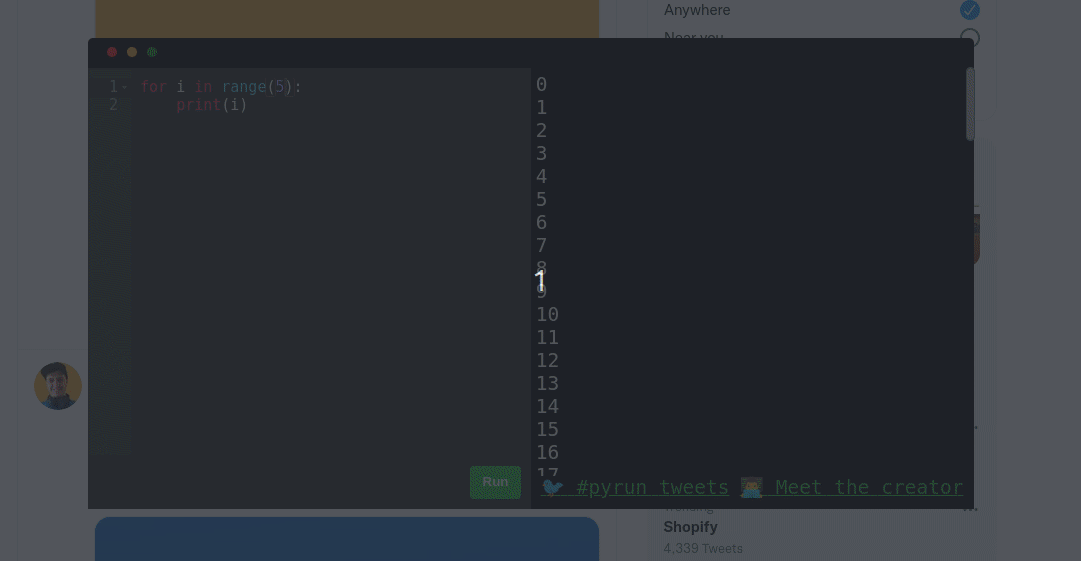

Proportionally spaced type (which includes virtually all typeset copy), laser printer fonts, and even many non-proportional typewriter fonts, have remained beyond the reach of these systems. Yet in all this time, conventional online OCR systems (like zonal OCR) have never overcome their inability to read more than a handful of type fonts and page formats. In OCR software, it’s main aim to identify and capture all the unique words using different languages from written text characters.įor almost two decades, optical character recognition systems have been widely used to provide automated text entry into computerized systems.

The sub-processes in the list above of course can differ, but these are roughly steps needed to approach automatic character recognition. OCR as a process generally consists of several sub-processes to perform as accurately as possible.

In other words, OCR systems transform a two-dimensional image of text, that could contain machine printed or handwritten text from its image representation into machine-readable text. We will be walking through the following modules: This article will also serve as a how-to guide/ tutorial on how to implement PDF OCR in python using the Tesseract engine. In this blog post, we will try to explain the technology behind the widely used Tesseract Engine, which was upgraded with the latest knowledge researched in optical character recognition.


 0 kommentar(er)
0 kommentar(er)
